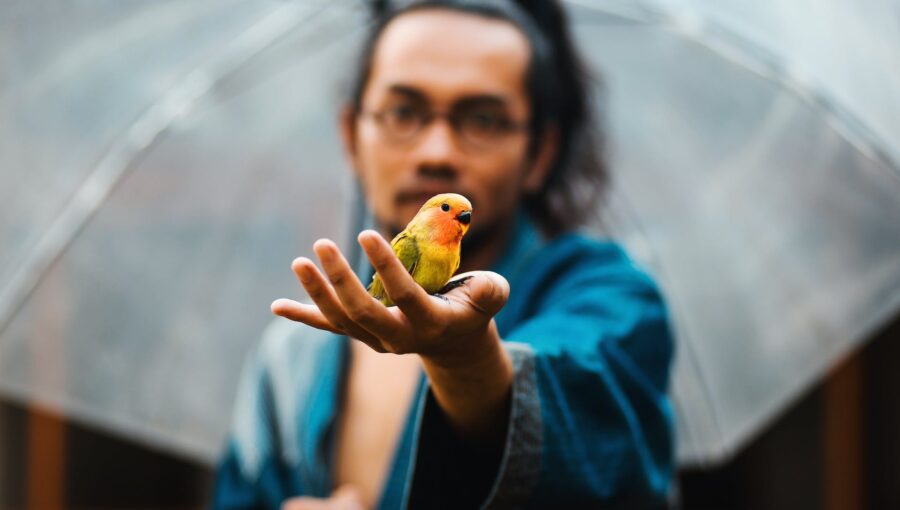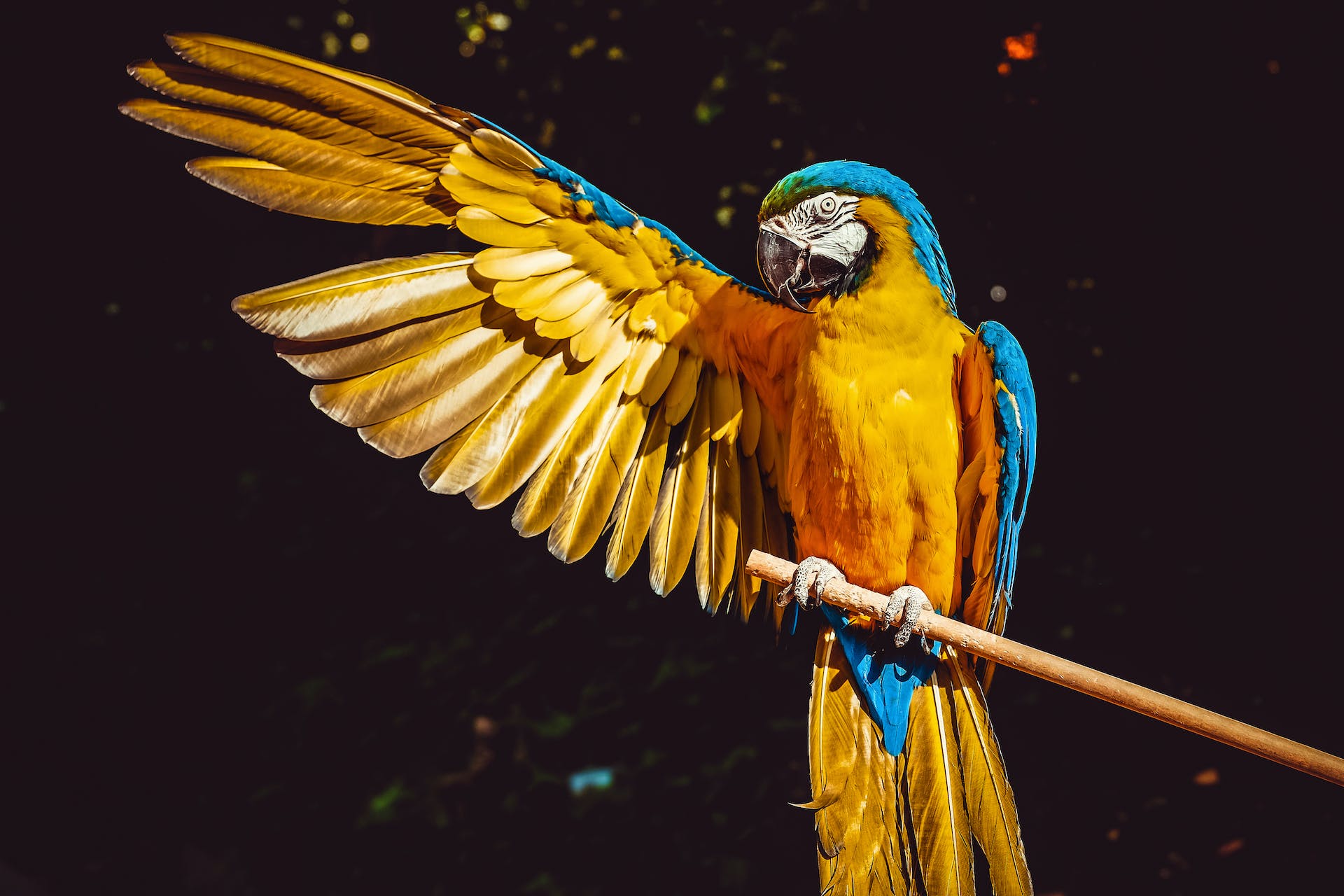Trimming Wings and Nails: Bird Grooming 101
 Pexels | Gatot Adri
Pexels | Gatot Adri Welcoming a feathered friend into your home brings joy, chirps, and a whole lot of responsibility. While the colorful plumage and lively antics steal the show, there’s an essential aspect of bird care that often takes center stage: grooming. In this guide, we’ll delve into the basics of bird grooming, focusing on the delicate art of trimming wings and nails to ensure your avian companion is both happy and safe.
Understanding the Need:Before we jump into the practicalities, let’s understand why wing and nail grooming is crucial for your bird’s well-being. In the wild, birds enjoy expansive spaces for flight, and their environment naturally wears down their nails. However, in a domestic setting, these natural mechanisms may be limited, leading to overgrown nails that can hinder perching and cause discomfort. Trimming wings is essential for safety, preventing accidental collisions with obstacles and ensuring your bird stays close to home.
Trimming Wings:1. Consult a Professional: Trimming a bird’s wings may seem daunting, especially for first-time bird owners. It’s always advisable to consult with a veterinarian or an experienced bird groomer. They can demonstrate the proper technique and provide guidance on how much to trim, considering the species and individual bird’s needs.
2. Know Your Bird’s Flight Feathers: Flight feathers, located at the end of the wings, are the ones responsible for lift and propulsion during flight. Trimming these feathers is like giving your bird a controlled descent rather than a full-fledged flight. It’s essential to identify the primary and secondary feathers before attempting any trim.
3. Timing is Everything: The ideal time to trim wings is during your bird’s molt, a period when they naturally shed old feathers. This ensures a painless process as new feathers replace the trimmed ones. However, if immediate trimming is necessary, consult with a professional to determine the safest approach.
 Pexels | Ilo Frey
Pexels | Ilo Frey 1. Gather the Right Tools: Before venturing into the delicate task of nail trimming, make sure you have the right tools. Small bird nail clippers or a specialized nail file designed for birds work best. Human nail clippers can crush the nail and cause discomfort.
2. Get Comfortable: Choose a quiet, well-lit area for the grooming session. Make your bird feel at ease by placing them on a familiar perch or a soft towel. For the first few sessions, focus on gaining your bird’s trust by offering treats and gentle reassurance.
3. The Art of Trimming: Identify the quick, the part of the nail that contains blood vessels. It’s crucial not to cut into the quick, as this can cause bleeding and distress. Trim only the tips of the nails, and if you’re unsure, seek guidance from a professional.
4. Regular Check-ups: Establish a routine for checking your bird’s nails. Regular maintenance prevents overgrowth and reduces the risk of injury. If you’re uncomfortable with the process, schedule regular visits to a vet or groomer.
Conclusion:Bird grooming, specifically trimming wings and nails, is a crucial aspect of responsible pet ownership. It ensures your feathered friend remains safe, comfortable, and able to enjoy their life in your care. By understanding the basics, seeking professional advice, and approaching grooming with patience and care, you’ll contribute to a harmonious and healthy relationship with your avian companion. So, grab those clippers, take a deep breath, and embark on the journey of bird grooming with confidence and compassion. Your bird will thank you with joyful chirps and a safe, happy life in their loving home.








































